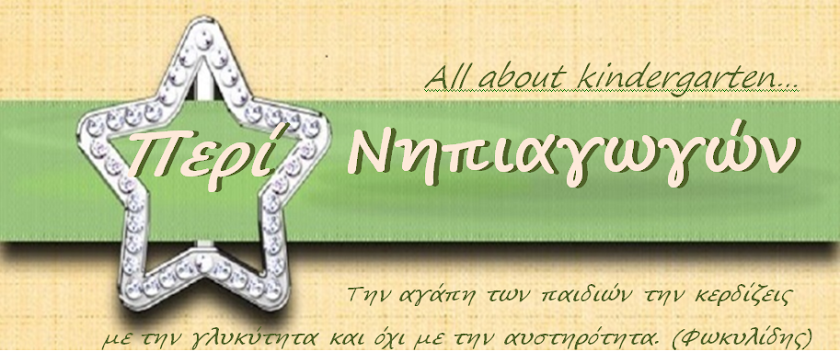Fathers’ time perceptions, simultaneously, show a great “correct time” affect kid’s expectations (Dining table 4 ). In the event it are the fresh “correct time” according to dads, people got 1.74 better likelihood of hoping to get married in the near future, compared to in the event it are 3–5 years “too soon” (Design eight). Then, it impression try independent of mothers’ and you may child’s attitudes; which opportunity ratio increases a bit to one.80 in the complete design (Model 8). Fathers’ thinking do not inform you another much “too early” impact not; the chances ratio for over 5 years “too-soon” is 0.96 in the full design (Design 8).
Contrasting the results around the family members’ shows that you can find distinctions regarding nature and power of the impacts. Kid’s attitudes reveal a powerful much “too-soon” impression, mothers’ perceptions show a method “too quickly” impact happn login and you may a considerable almost “right time” feeling, while you are fathers’ thinking tell you an effective “correct time” feeling. Adjusted Wald evaluation concur that the consequences of kid’s, mothers’, and you will fathers’ thinking towards kid’s requirement perform differ somewhat out of for each and every most other.
Would Parents’ Attitudes Apply at Adult Traditional?
Second, i looked at hypothesis 6, examining the aftereffect of adult thinking into parents’ very own standard regarding the new time of its children’s marriage ceremonies (Arrow six, Fig. 1 ; Table 5 ). As expected, whenever parents’ really worth older decades from the marriage he could be less planning to anticipate the youngster in order to wed soon. Opportunity percentages measuring the effect of mothers’ and fathers’ better years on their own standards try 0.ninety five and you will 0.87, respectively (Designs 1 and you can step three). When comparing children’s standard years so you’re able to parents’ appropriate wedding many years, i including discover asked efficiency. Mothers and fathers is decreased planning anticipate their child so you can marry in the near future if it’s 5 years too quickly to possess their child to get married (Or 0.65 from inside the Design 2 & Or 0.72 in Model 4). Likewise, parents will anticipate their child in order to get married in the future in case it is step one–couple of years too-soon or perhaps the right time than the whenever it’s step 3–5 years too-soon. Getting moms and dads, yet not, these types of consequences are smaller than average maybe not statistically significant (Or step 1.twenty-two and you may 1.thirteen during the Design dos). To own dads, the chances rates was large and you will mathematically tall (Otherwise 1.43 and 1.66 into the Design 4).
Desk 5
Next, i checked-out the fresh new influences off marital timing attitudes away from each other college students and moms and dads to your kid’s real entry towards the marriage. We analyzed such influences out of marital timing perceptions towards kid’s choices that have and rather than handling to possess expectations of child’s relationship timing.
I very first reviewed brand new dictate of time attitudes towards conclusion having fun with an appropriate decades on relationships measure. Point quotes to possess finest many years advise that respecting older age can get trigger limited waits in-marriage, but can better don’t have any effect after all. The odds rates is actually an effective consistent 0.98 or 0.99 for kid’s, mothers’, and fathers’ top years, and you may not one is statistically tall (show not shown).
Second, we examined this new dictate out-of timing attitudes to the conclusion with the time-varying keeping of youngsters from the relationship age groups (Desk 6 ). The dictate from time attitudes to your behavior becomes noticeable using this level. The family’s timing attitudes inform you a much “too-soon” feeling. If it is more 5 years “too soon,” students progressed into relationship much more reduced than simply if this try 3–5 years “too-soon” (Child’s Or 0.57, Model 1; Mom’s Or 0.72, Model dos; Dad’s Or 0.55, Design step 3). Next, whenever you are such effects try attenuated when almost every other family’s perceptions is actually taken into consideration, this type of far “too early” effects persist separately (Child’s Otherwise 0.61; Mother’s Or 0.89; Father’s Otherwise 0.63, Design cuatro). However, these chances rates run out of mathematical importance to possess mothers from the complete model (Design cuatro) and dads when they’re regarding the model alone (Model 3).
